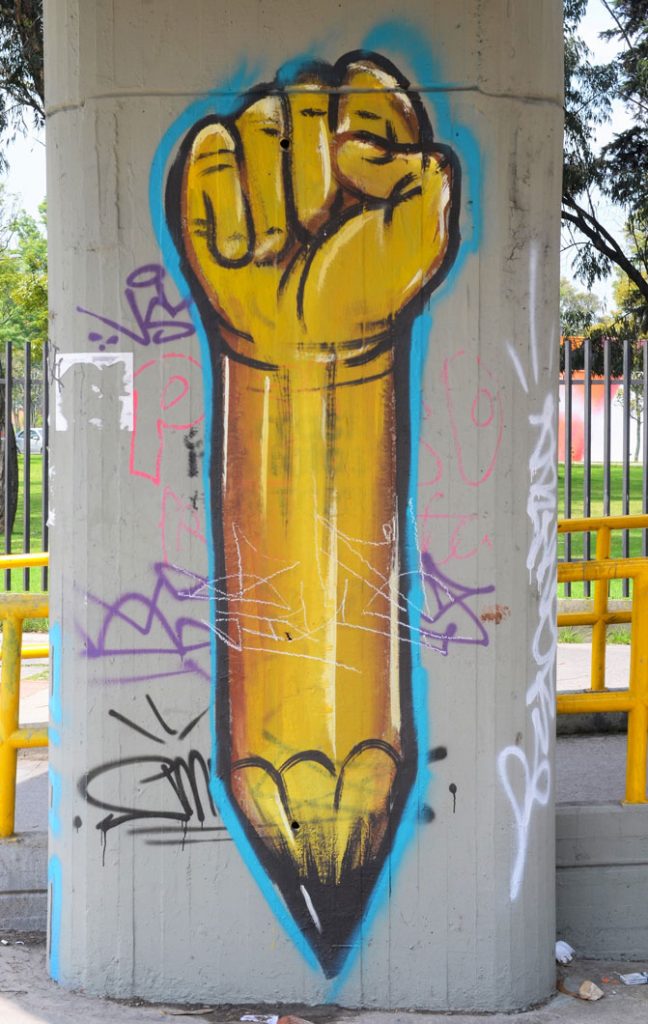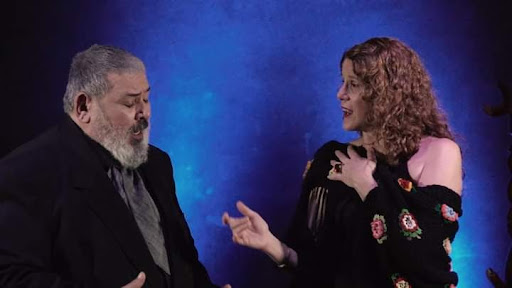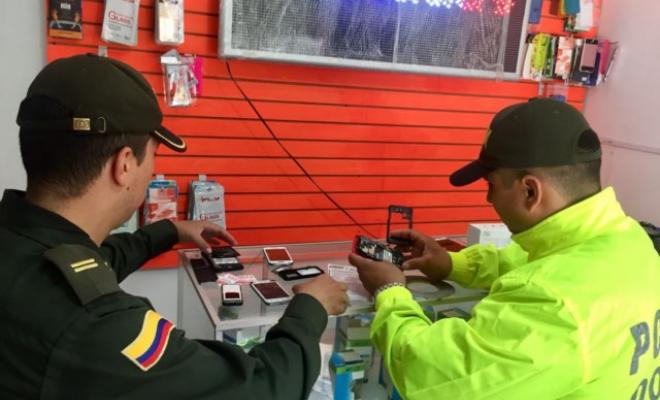
Students gather at the Universidad Nacional to protest the lack of funds for public university education. Photo: Sarah Lapidus
Another week – another traffic deadlock in downtown Bogotá as students, teachers and supporters take to the streets. The march for more funds for public universities is the seventh massing in seven weeks, but the stakes are higher as recent outings have ended in violent clashes with riot police.
“This one we’ll call the March of the Pencils,” explains Rigoberto, a mechanical engineering student gathering with friends at the Universidad Nacional, the sprawling public university at the ideological heart of the protest, and close to the geographical hub of the capital. From here the students can block a variety of major routes to make their point.
And yes, giant pencils are everywhere held aloft as 14,000 marchers gather in ‘frentes’ and wave massive banners decrying the ‘desfinanciacion’ of public education and a massive debt unpaid from central government.

The march of the pencils. Photo: Sarah Lapidus
“The government says there’s no money, they are decreasing education spending but increasing the military budgets,” says Rigoberto, who, like many marchers we talk to is uncomfortable to give his full name: “We live in a repressive state,” he adds.
So that’s the point of the pencils then: large and missile-like they represent a stark choice between education and arms. They also underline the fear that behind the $20 billion funding hole is a political and strategy to end public higher education altogether.
“It’s a stealth campaign of privatisation,” says Alejandro Tasso, a lecturer from the University of Cundinamarca in Girardot. He has come to Bogotá to support the march. “They’ll turn public universities into businesses, just like they did the health system.”
For him the protest is a ‘social movement’ from a broad range of society to defend access to quality education for the poor. “It’s the only way we can reduce inequality,” he adds.
Related: Student protests against government education policies remain on the ropes
True, Colombia languishes in the bottom league as the second-most unequal country in Latin America and true, the strikes seem to attract range of supporters wider than the archetypal bandana-ed rebels (though of which there are many).
Unfortunately, the protests also draw in violent encapuchados – ‘hoodies’ – that end up stoning the police or throwing papas (home-made mini-bombs) or trashing Transmilenio stations.
“We’re only peaceful marchers,” say a group of engineering students when we discuss violence in the protests. “The thugs are from the government infiltrating the march to make us look bad.”

Students hold up a banner that reads Trabajo Social UN.Photo: Sarah Lapidus
These false flag operations are common in Colombia where social movements are frequently subverted by trouble-makers from extreme left, anarchist or right-wing groups. The violence being reported in the media is another falso positivo, explains one student, referring to the past practice of the state forces of seeking pay bonuses by murdering poor people and disguising them as guerrillas.
“We have seen these masked guys show up and throw papas, then we see them sneak back behind the police barricades. Then the ESMAD cops come at us with everything,” says a teacher. To support this theory grainy footage postage online seems to show masked people consorting with the police behind the scenes.
Not everyone sees a conspiracy: some marchers accept that within the student ranks could be frustrated protesters spoiling for trouble. The truth probably lies “somewhere in between” says one.
The likelihood of confrontations makes marching risky. Behind the carnival atmosphere in the campus – music, drums and chanting – there is a palpable tension as the large group prepares to set off.

Student protesters on their bicycles with signs that read “I pedal for public university.” Photo: Sarah Lapidus
What exactly does the movement hope to achieve with their seventh march?
The protests are about “guaranteeing investment in the infrastructure in the future” says law professor Camilo Borrero. He signals some of the crumbling brick buildings from the 1930s, such as Fine Arts. “There’s been no real money to put into infrastructure here for over three years,” he says.
But Borrero doubts there is a government agenda to kill off public universities: “it’s not a strategy, just they haven’t spent the money.” And privatisation is not the enemy, he says, though it should be kept in check and applied more to post-graduate courses.
For most marchers it is about fixing the chronic underfunding, but also the laws underlying the shortfalls. These date from 1992 and specify, for example, how overall the education budget is spent, with 10% on the public universities. Since then that allocation has failed to meet the increased demand for higher education, say the protesters, and the needs of new high tech (and resource-hungry) courses.
Some of the funding issues were thrashed out between the Duque government and the public university rectors at the end of October, including a revamped scheme – Generacion E – to subsidise poor students with good grades to attend public universities. This in theory is an improvement on the old scheme – Ser Pilo Paga – that saw the subsidies for public education going into the pockets of private universities.
The student leaders rejected the offer as too low, perhaps also miffed by fact they were not initially invited to the negotiating table, and 70% voted to continue the strikes. Now with the year nearly over, the Universidad Nacional is threatening to cancel the academic term if the strike continues.
Meanwhile for some media commentators the ongoing strike underlines slackness in the public system: Colombia has the highest GDP proportion spent on education of any Latin American country (at 4.3% close the global average) but languishes in the lower quartile for most educational indicators.
Money is lost through corruption and lack of accountability, a senior university lecturer tells me: ‘It looks good on paper, but the funds just don’t arrive’. On this point the strikers and the Duque government could have common cause, but the continued protests have polarised the protagonists. He sees the strikes as a ‘two-edged sword’ that will strengthen the government’s hand against the movement.
Already some commentators are calling for the privatising all the universities and diverting public funds to bolster schools and apprentice colleges, public systems as bad or worse than tertiary education. Governments can then “subsidise talented poor students to attend the private university of their choice”, writes Venessa Vallejo, an economist and media commentator.
These “neoliberal ideas are the threats behind the drive to defend public education,” say marchers gathered in Plaza Che Guevara of the Universidad Nacional’s Bogotá campus. For now, their focus is the walk ahead of them, already an hour late to set off. How will they avoid trouble with the riot police? A group of young political scientists point to their sports shoes: “We’ll just run for it”.





